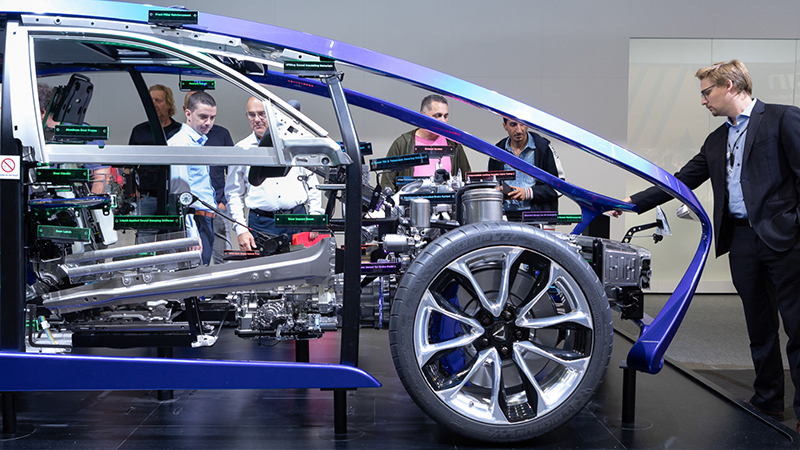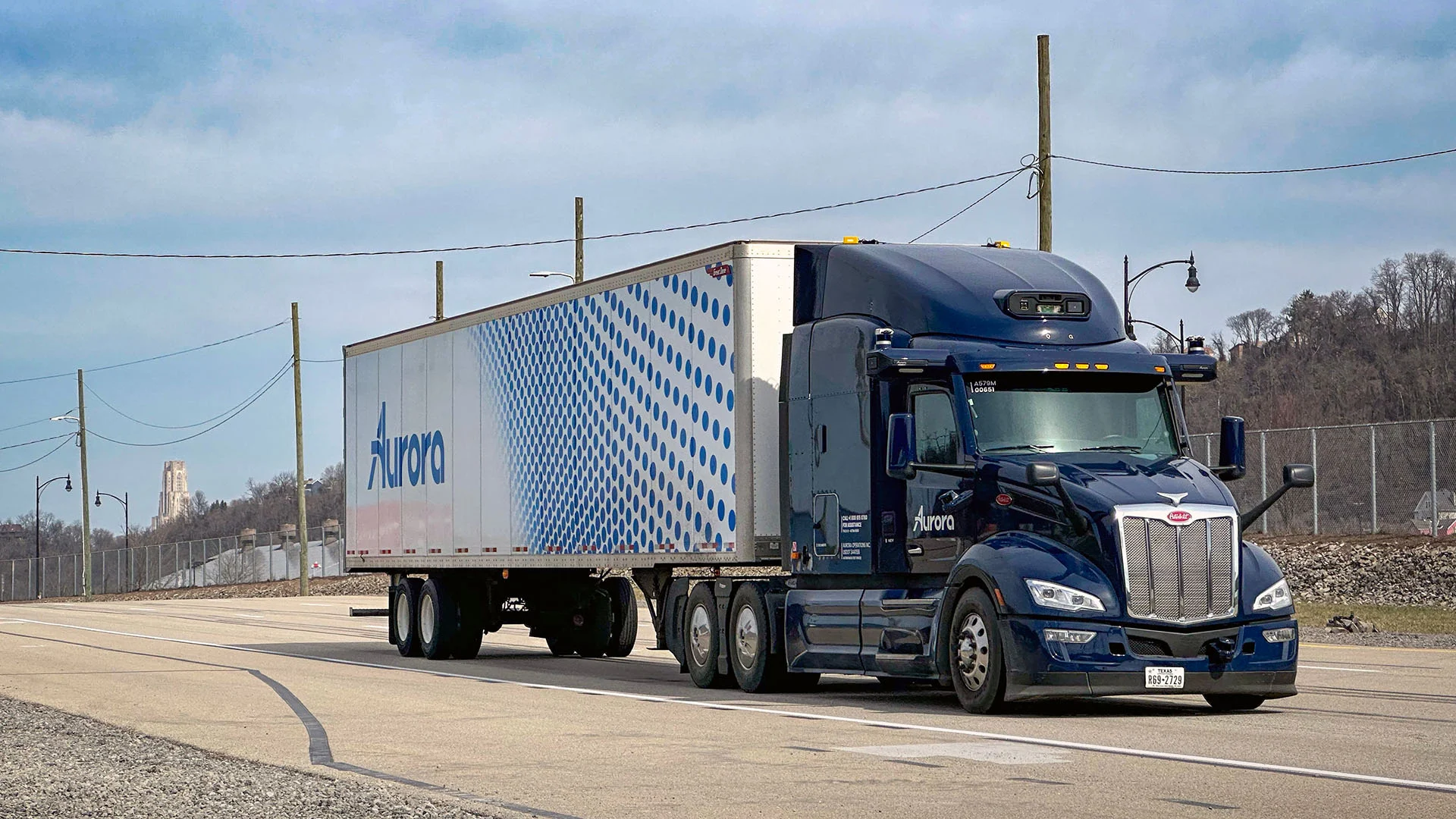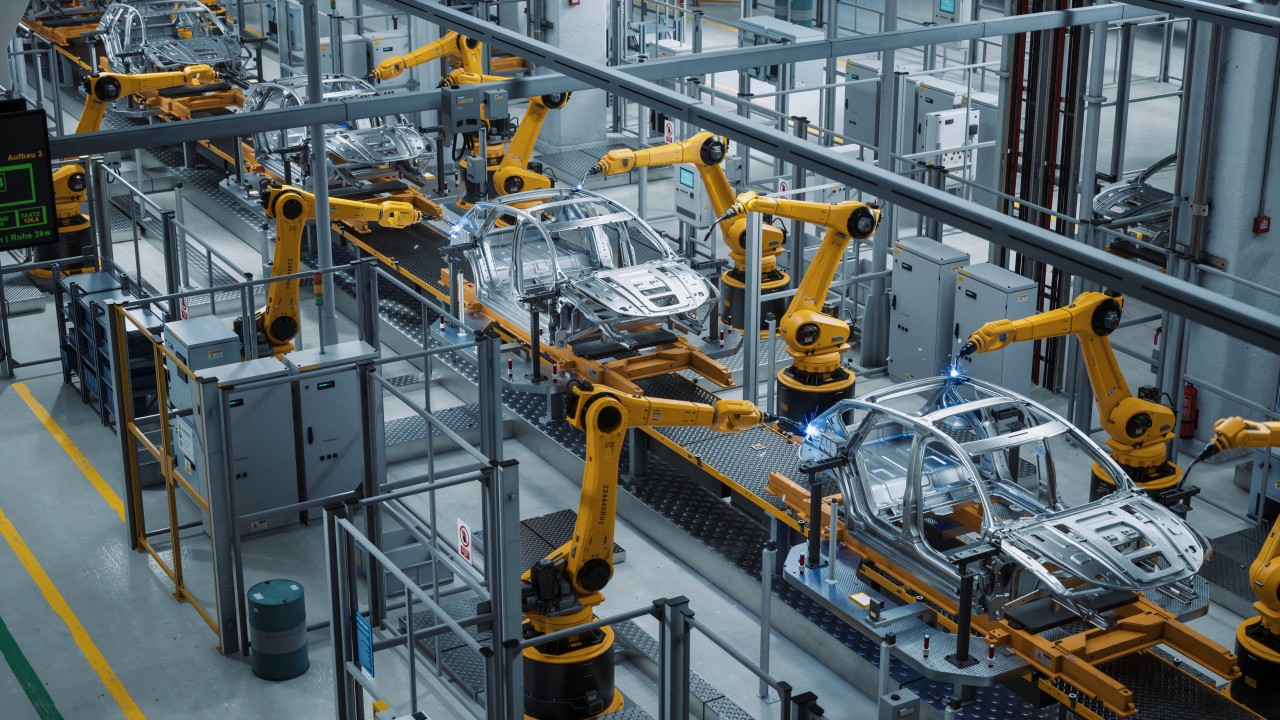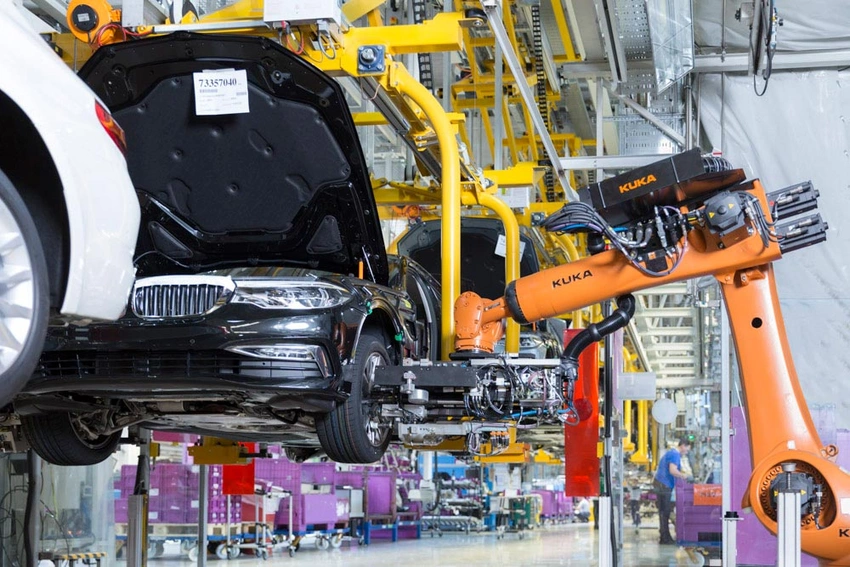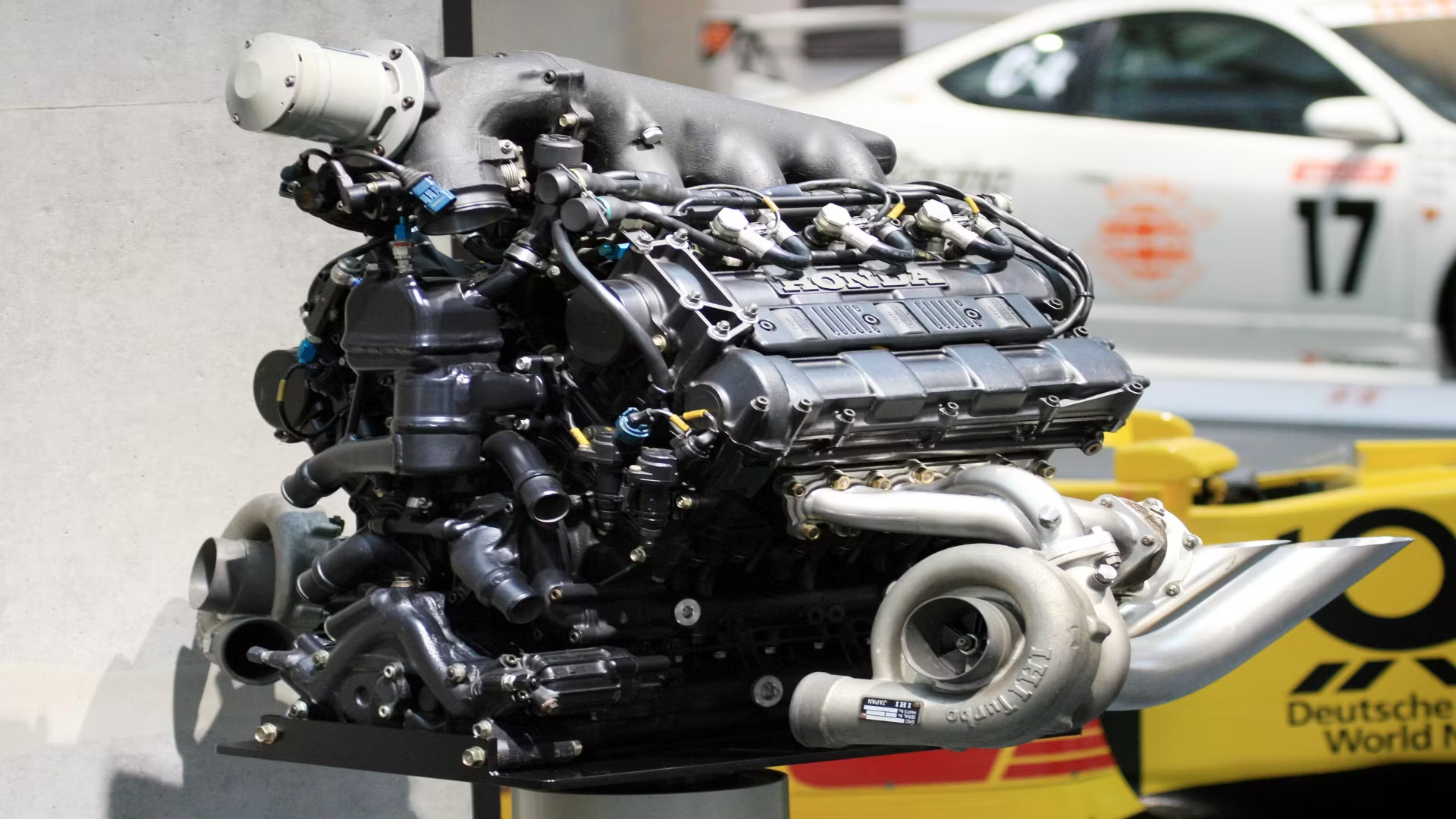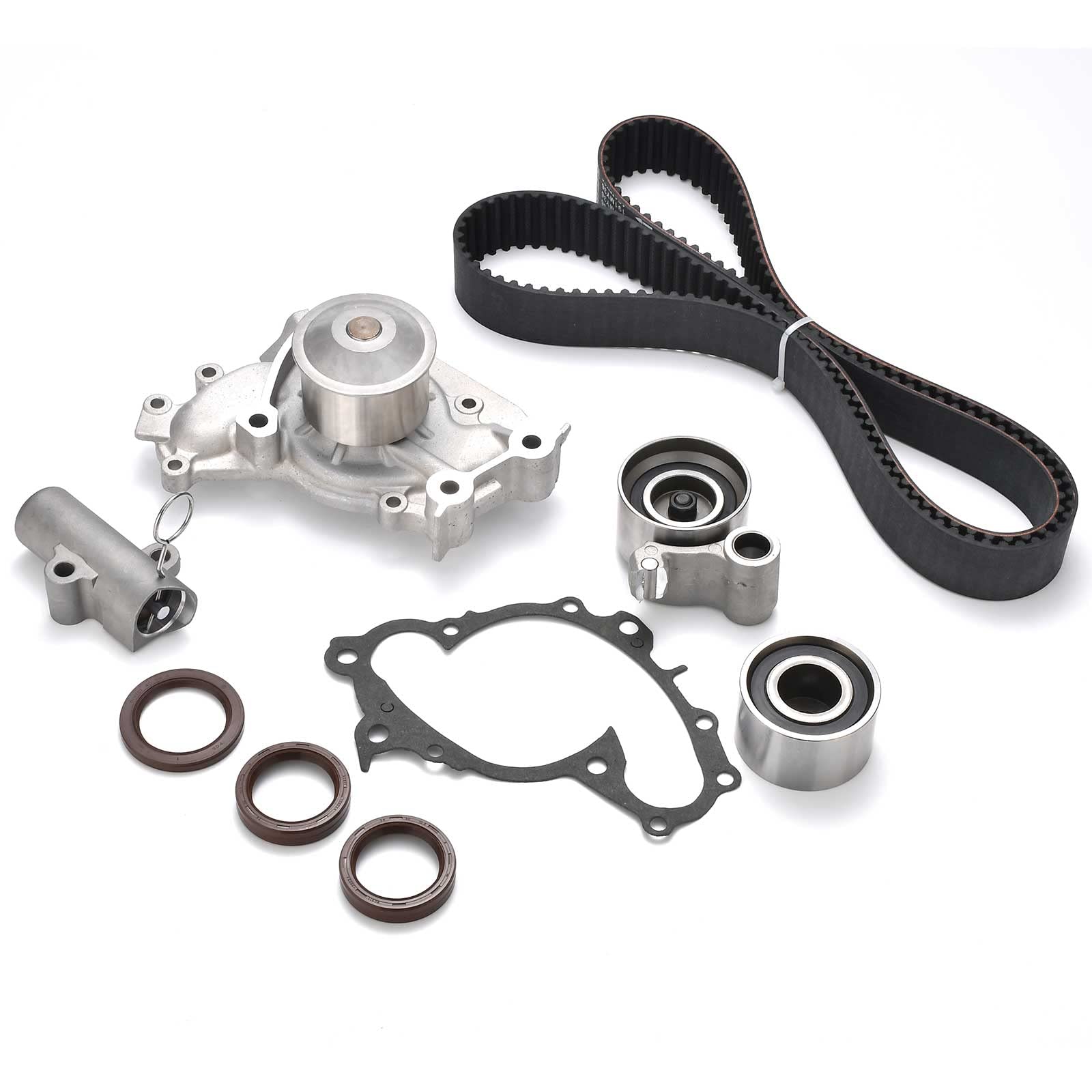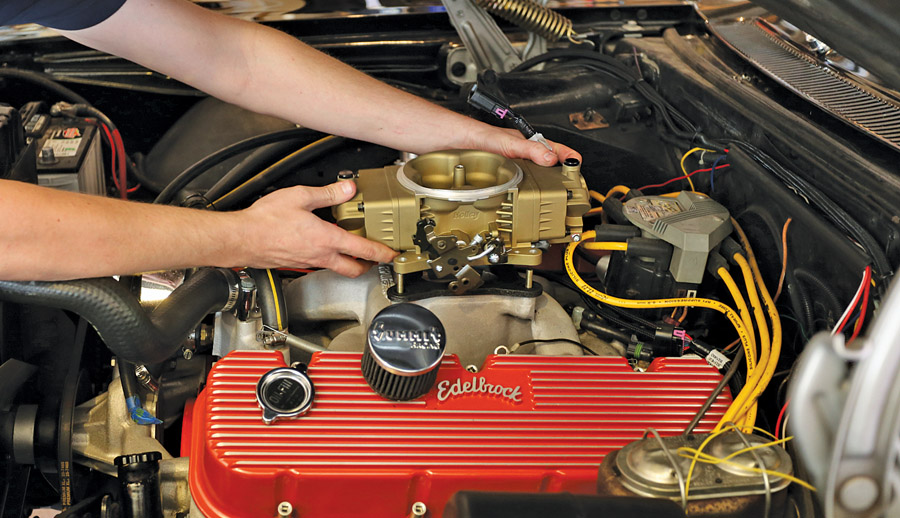0102030405
The Future of Automotive Emission Control: Komotashi's Breakthrough in Oxygen and NOx Sensors
2024-06-20 10:26:14
Introduction
As the automotive industry continues to evolve towards more stringent emission regulations and a heightened focus on environmental sustainability, the importance of advanced sensor technology has never been more critical. At the forefront of this technological revolution is Komotashi, a leading brand in the development and manufacturing of high-precision automotive sensors. This year, Komotashi has unveiled their latest innovations in oxygen sensors (O2 sensors) and nitrogen oxide sensors (NOx sensors), which promise to significantly enhance vehicle performance and reduce harmful emissions.
The Role of Oxygen Sensors
Oxygen sensors, commonly referred to as O2 sensors, play a crucial role in modern vehicles by monitoring the oxygen levels in the exhaust gases. This data is vital for the engine control unit (ECU) to adjust the air-fuel mixture, ensuring optimal combustion efficiency. Proper functioning of O2 sensors not only improves fuel economy but also reduces the emission of pollutants.
Komotashi's new line of oxygen sensors incorporates cutting-edge technology to provide faster response times and greater accuracy. These sensors utilize a robust zirconia ceramic element, which is highly sensitive to oxygen levels and can withstand high temperatures. The result is a more reliable sensor that can deliver precise data under various driving conditions.

Advancements in NOx Sensors
NOx sensors measure the levels of nitrogen oxides in the exhaust gases, which are significant pollutants contributing to smog and acid rain. These sensors are especially crucial for diesel engines, which tend to produce higher NOx emissions. By providing real-time data on NOx levels, these sensors enable the ECU to adjust the engine parameters and exhaust after-treatment systems to minimize emissions.
Komotashi's latest NOx sensors feature advanced electrochemical sensing technology, which offers several advantages over traditional designs. These sensors are capable of detecting lower concentrations of NOx with improved accuracy, ensuring compliance with the latest emission standards. Additionally, the sensors are designed for enhanced durability, capable of operating effectively under the harsh conditions typical of automotive exhaust systems.
Impact on Environmental Sustainability
The innovations by Komotashi in O2 and NOx sensor technology represent a significant step forward in the automotive industry's efforts to reduce its environmental footprint. By improving the accuracy and reliability of these sensors, vehicles can achieve better fuel efficiency and lower emissions, contributing to cleaner air and a reduction in greenhouse gases.
Komotashi's sensors are designed to meet the stringent emission regulations set by various global entities, including the Euro 6 standards in Europe and the EPA regulations in the United States. These standards aim to reduce the allowable limits of NOx and other pollutants, making advanced sensor technology essential for compliance.

Integration and Compatibility
One of the standout features of Komotashi's new sensors is their compatibility with a wide range of vehicle models and engine types. This versatility makes them an attractive option for both original equipment manufacturers (OEMs) and the aftermarket. The sensors are designed to integrate seamlessly with existing engine management systems, ensuring easy installation and reliable performance.
For OEMs, the high precision and durability of Komotashi's sensors mean fewer warranty claims and better customer satisfaction. For the aftermarket, these sensors provide a reliable replacement option that can extend the life of older vehicles while ensuring they meet current emission standards.
Technological Innovations
Komotashi's commitment to innovation is evident in the advanced features of their new O2 and NOx sensors. The oxygen sensors incorporate planar technology, which allows for a more compact design and faster light-off times. This means that the sensors reach their optimal operating temperature more quickly, reducing cold-start emissions.
The NOx sensors utilize a dual-chamber design that enhances the accuracy of measurements by isolating the sensing element from potential contaminants. This design also improves the sensor's lifespan, making it a cost-effective solution for long-term use.
Future Prospects
Looking ahead, Komotashi is already working on the next generation of sensor technology. Future developments include sensors that can provide even more detailed data, such as the ability to detect specific types of hydrocarbons and particulate matter. These advancements will further enhance the ability of engine control systems to optimize combustion and reduce emissions.
Komotashi is also exploring the integration of their sensors with emerging technologies such as electric and hybrid vehicles. As the automotive industry moves towards electrification, the role of sensors in managing battery systems and electric drivetrains will become increasingly important.
Conclusion
Komotashi's breakthroughs in oxygen and NOx sensor technology mark a significant advancement in the automotive industry's quest for cleaner and more efficient vehicles. By providing precise and reliable data, these sensors enable better engine performance and reduced emissions, aligning with global efforts to combat climate change and improve air quality. As Komotashi continues to innovate, their sensors will play a crucial role in shaping the future of automotive technology and environmental sustainability.

